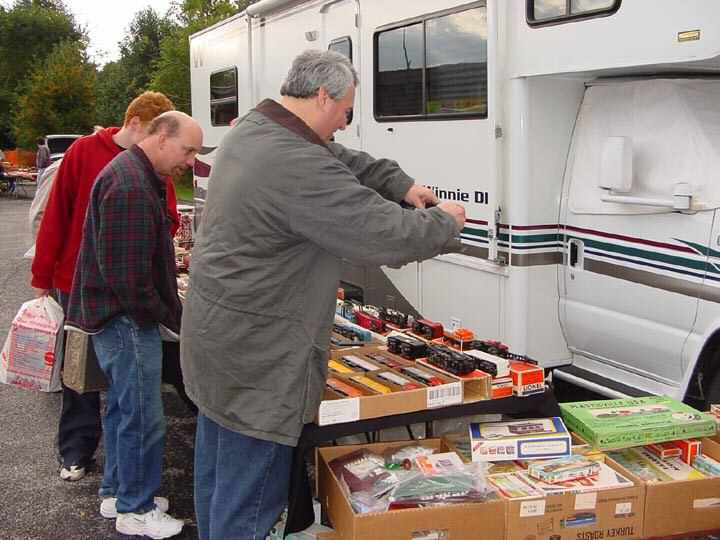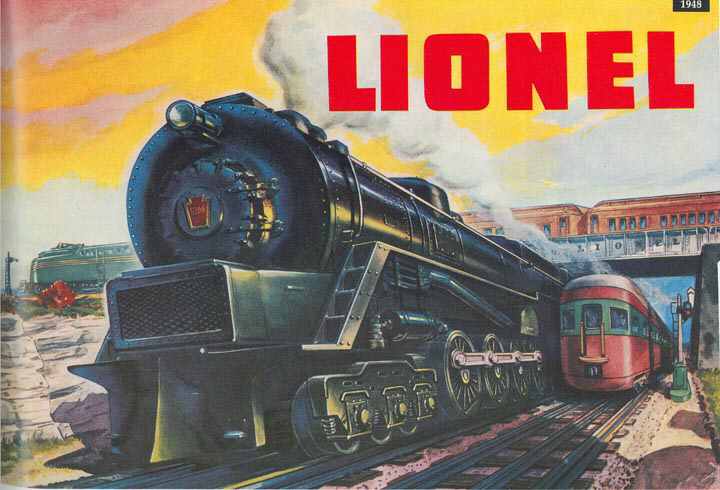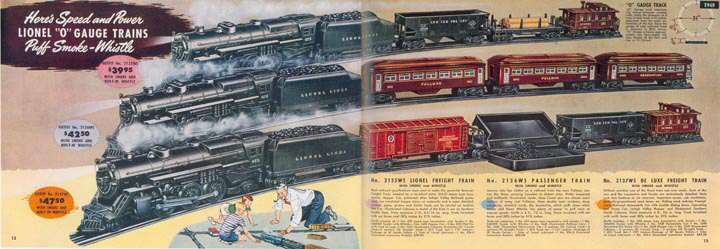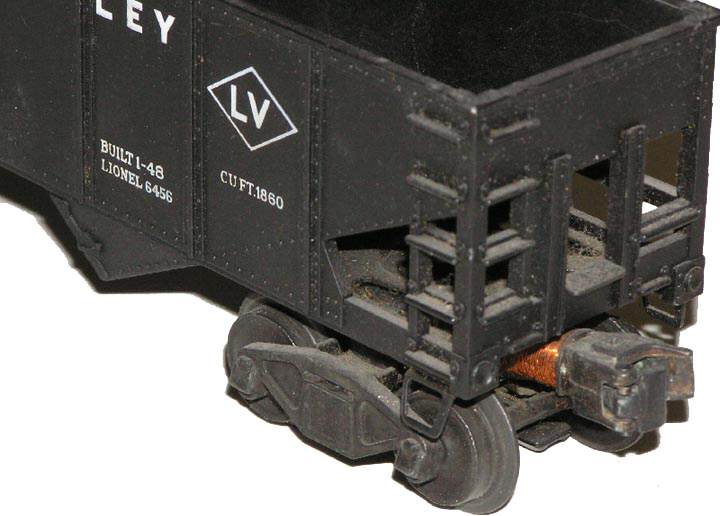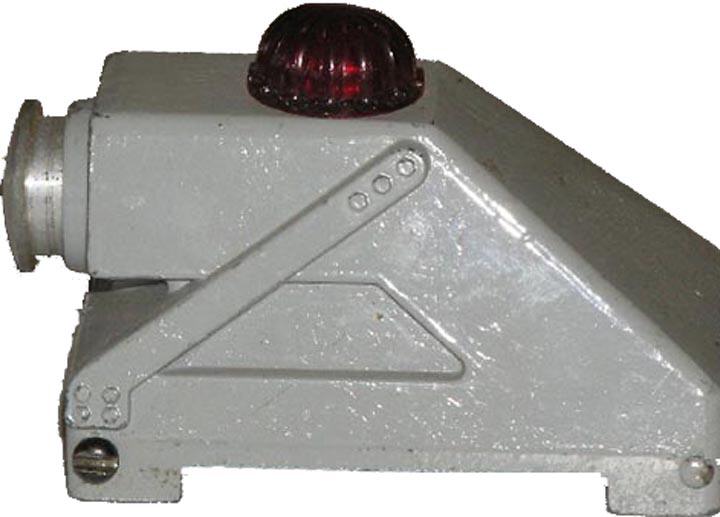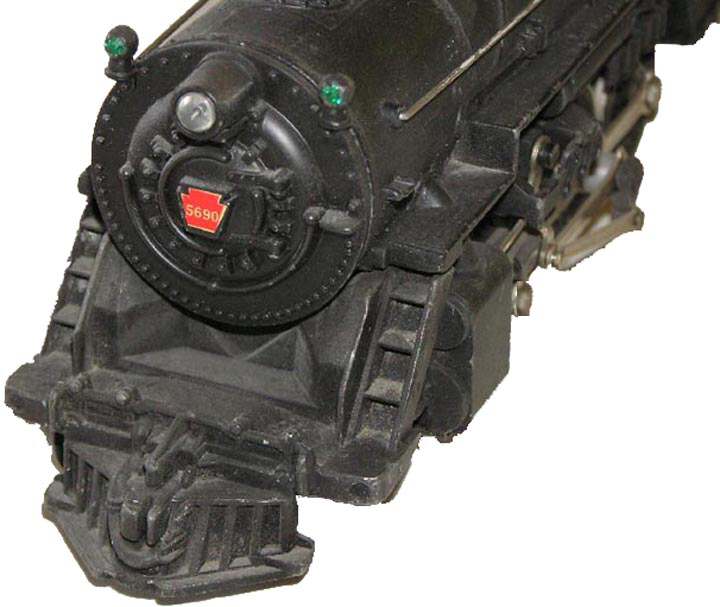Yard Sale Treasure
By Bob Grassi
There is no question that my wife stirred the fires that got me interested in toy trains. Until the late 1980’s when my wife brought home some Postwar American Flyer from a garage sale, I was totally content with the N gauge layout in my basement. Once the American Flyer came home there was no stopping me.
I sold the American Flyer and encouraged her to look for Lionel. She was exceptionally adept at bringing me a variety of treasures from the dusty attics of older houses on eastern Long Island. The trains I describe to you today came not from a dusty attic but the small closet of a modest home being sold by a recently divorced woman with a need to get rid of her former husband’s leftovers. These were the trains that truly were the most memorable of all that my wife has found.
It all started on a Saturday morning when I got a call from my wife, who was out on a yard sale jaunt. She told me to come and look at some trains that she had found. I rushed to the house and found a middle-aged woman who said the trains were probably in good shape since her former husband never liked trains as a boy. I looked at what she had and found a post war set headed by a 675 Pacific plus a milk car, cattle car, KW transformer, 45 gateman, a pair of 022 switches, and a die cast bumper. At that time I had very little knowledge of toy train prices. She wanted $140 for everything. I attempted to bargain. She refused. I gave her the money.
I rushed home with my car full of goodies. As I unpacked I found that everything looked hardly used but the boxes they came in were torn and falling apart. I speculate this man was one of those kids you read about who throws aside the toys and plays with the boxes.
I had recently acquired Greenberg’s Lionel Catalogue Book for 1945-54. I was able to identify the set as #2137WS in the 1948 catalog. The set contains the 675 Pacific and tender, 2458 automobile car, 3459 operating dump car, 6456 hopper, and 2357 illuminated caboose.
As is frequently the case when you first get into the hobby, I started checking out all the cars to see if I didn’t have any that were rare or a factory defect. I made two finds in the one set.
Perusing through my 1988 edition of Greenberg’s Guide to Lionel Trains Volume One, I found that the 3459 green dump was a somewhat rarer version of the dump car that normally came in black. Not tremendously rare but at least rarer. A nice feeling for a neophyte toy train collector in 1988.
Next, I was looking through Volume 2 of the Greenberg guide for the same year and came across an article on the hopper car in my set. It stated that in 1948 Lionel put the numbers 2456 and 6456 on the same hopper car. The 027 6456 had the couplers that required the operating track with the magnet in the center. The 0 gauge 2456 had the coil couplers that required the prewar 5 rail operating track since the newer track with the magnet would not be introduced until 1949. For some reason a number of the 6456 hopper car bodies ended up with coil couplers. No one is sure why or how many ended up this way. Well wouldn’t you know I had one of these in my set. The car is described as a 2456 in the catalog but I got one with the 6456 body and coil couplers. I wrote the Greenberg people telling them about my find. In the next issue of the Greenberg guide I was credited with the discovery in the section on the 6456/2456 hopper car. I think my name disappeared in the following volume but at least I had my 15 minutes of toy train fame.
I made one additional discovery. One of the accessories that came with the set was a #26 die cast bumper. The first year they were produced was 1948. Most of us are very familiar with the red one. Many do not know that initially they were made in gray for a short while. I had one of the gray ones. Again, not tremendously rare but quite a nice find for a newcomer to the hobby.
I have one other fond memory associated with this set. Even though the 675 was in beautiful condition, one of the running lights had been broken off. I decided to try and find a replacement for the faceplate on the engine. Looking through one of the magazines I came across the name of Madison Hardware. I was totally unfamiliar with this illustrious establishment and its’ owners. I called about the piece, some elderly gentleman answered, assured me that he had the part, quoted a hefty price of $25, and stated “you can be sure it’s the real thing.” I bought and replaced the face plate. For a while I remained unaware of the world of repro replacement parts but eventually realized that it was my luck to have called Madison Hardware, the one place where there was no question that the part you got was an original.
I ran this train set a few times but it eventually ended up on a shelf mostly because it is in such pristine condition and has two unique cars that make it special to me. The KW is on my layout, providing power to nineteen 022 switches, two of which are the originals I received with this set. The original milk and cattle platforms are also on the layout, as is the clunky 45N gateman. My little gray bumper remains in its box. I realize it has minimal value but it is too special to be placed at the end of a track where it can be banged around by uncaring freight cars.

